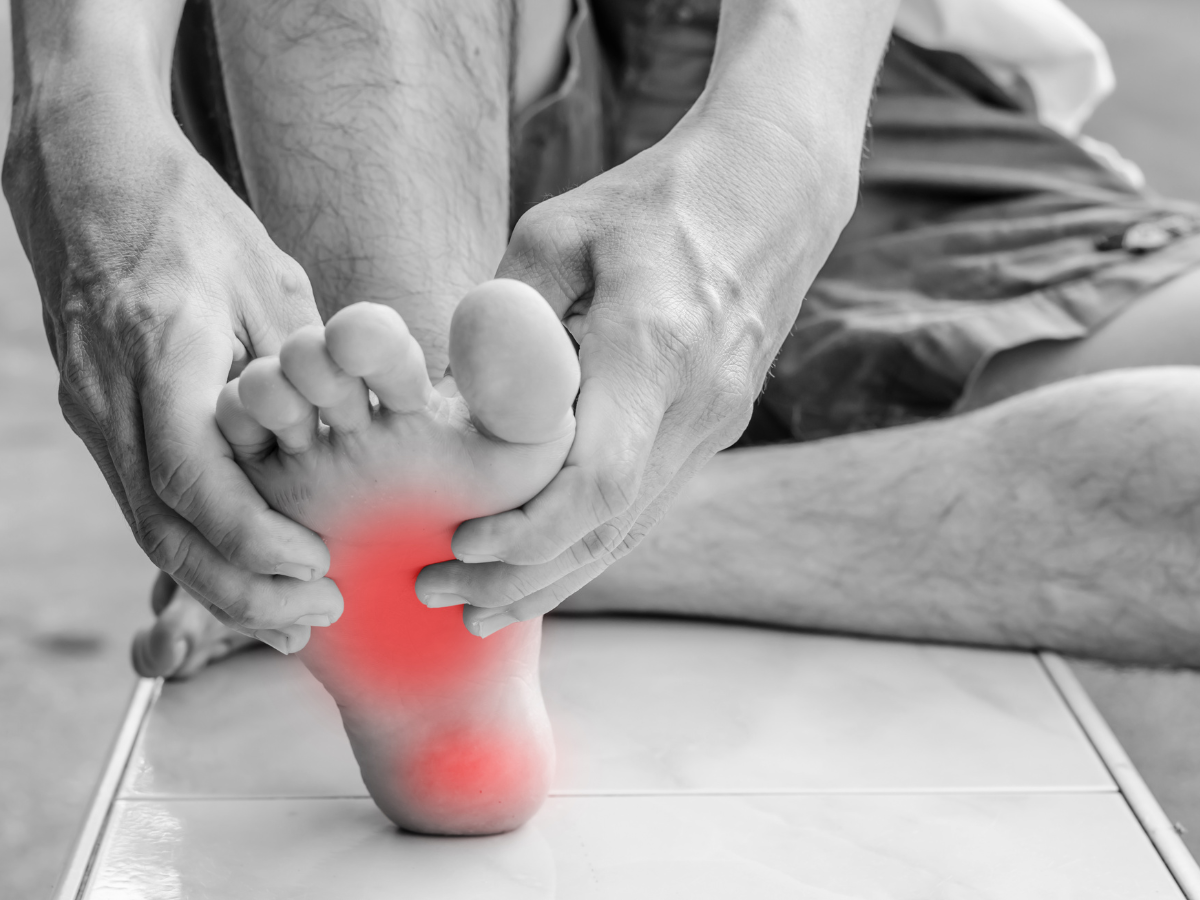Diabetic Foot/Leg Ulcers

Did you know that one in four people with diabetes will develop a foot or leg ulcer? If you have diabetes, it’s essential to understand the risk factors and prevention methods for diabetic foot and leg ulcers. This blog post will discuss the causes, symptoms, and treatment options for these pesky wounds. Keep reading for more information!
What are diabetic foot/leg ulcers?
Diabetic foot/leg ulcers are open sores or wounds on the feet and lower legs of people with diabetes. These ulcers are usually caused by a combination of factors, including poor blood circulation and nerve damage. Poorly managed diabetes can lead to severe complications, like amputation, so you must see your doctor if you think you may have a foot or leg ulcer.
How do you know if you have a diabetic foot/leg ulcer?
There are a few different symptoms that may be indicative of a foot or leg ulcer, such as:
- Redness, swelling, or pain in the affected area
- Drainage from the wound
- A feeling of warmth in the affected area
- Numbness or tingling in the affected area
If you experience any of these symptoms, you must see your doctor immediately. They will be able to diagnose and treat your condition correctly.
The different stages of a diabetic foot/leg ulcer and the treatment options available for each stage
There are four stages of a diabetic foot/leg ulcer: superficial, partial-thickness, full-thickness, and gangrenous. The treatment options for each step vary depending on the severity of the wound.
Superficial wounds can often be treated with over-the-counter antibiotics and bandages. Partial-thickness wounds may require antibiotics, debridement (removing dead or damaged tissue), and dressing changes. Full-thickness injuries must be treated with surgery to remove the dead tissue and promote healing. Gangrenous damages are the most serious and often require amputation.
Prevention is critical - learn how to protect your feet from developing ulcers in the first place!
There are a few different things you can do to prevent diabetic foot/leg ulcers, such as:
- Maintaining reasonable blood sugar control
- Wearing shoes that fit correctly and protect your feet
- Exercising regularly to improve circulation
- Checking your feet every day for any signs of injury
- Seeing your doctor regularly for checkups
Resources for further reading and information on diabetic foot/leg ulcers
If you would like to learn more about diabetic foot/leg ulcers, we recommend checking out the following resources:
- The National Institute of Diabetes and Digestive and Kidney Diseases: https://www.niddk.nih.gov/health-information/diabetes/overview/preventing-problems/foot-ulcers
- The American Diabetes Association: https://www.diabetes.org/resources/diabetes-care/complications/foot-ulcers.html
- The Centers for Disease Control and Prevention: https://www.cdc.gov/features/diabeticfootulcers/index.html
Complications of Diabetic Ulcers
If not adequately managed, diabetic foot ulcers can lead to several serious complications, including:
- Infection
- Bone infection (osteomyelitis)
- Gangrene
- Amputation
If you think you may have a foot or leg ulcer, you must see your doctor immediately. They will be able to diagnose and treat your condition correctly.
Conclusion
Diabetic foot and leg ulcers are severe complications of diabetes. They can often lead to amputation if not treated properly. If you have diabetes, preventing these ulcers from developing is essential. See your doctor regularly for checkups, and follow their instructions for taking care of your feet and legs. If you do create an ulcer, seek medical help right away. Treatment is available that can often save the limb or foot.
References
- Kelechi, T. J., Johnson, J. J., & Yates, S. (2015). Chronic venous disease and venous leg ulcers: An evidence-based update. Journal of Vascular Nursing, 33(2), 36–46. https://doi.org/10.1016/j.jvn.2015.01.003
- Millan, B. (2019). Venous Ulcers: Diagnosis and Treatment. American Family Physician, 100(5). https://pubmed.ncbi.nlm.nih.gov/31478635/#:~:text=Abstract,mechanism%20for%20venous%20ulcer%20formation.